LEE Breech Lock Challenger
All pictures, data, and content copyright 2019 Ultimate Reloader. Please ask permission before using.
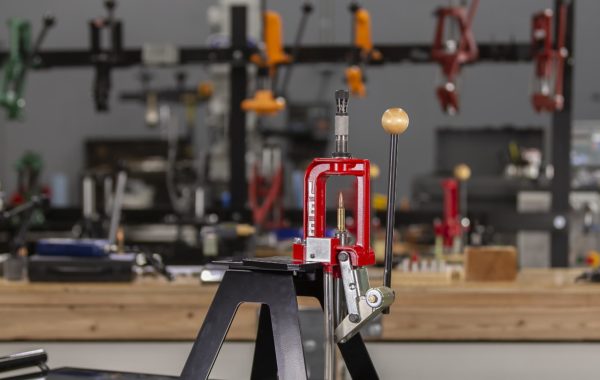
The LEE Breech Lock Challenger is a value-oriented press with a good list of features given its low cost. At $68.00 street price (as of the writing of this article) almost anyone can afford this press! And if you check out my Budget Precision 223 series, you’ll see that this press can be used to crank out good ammunition.
Specs and Summary
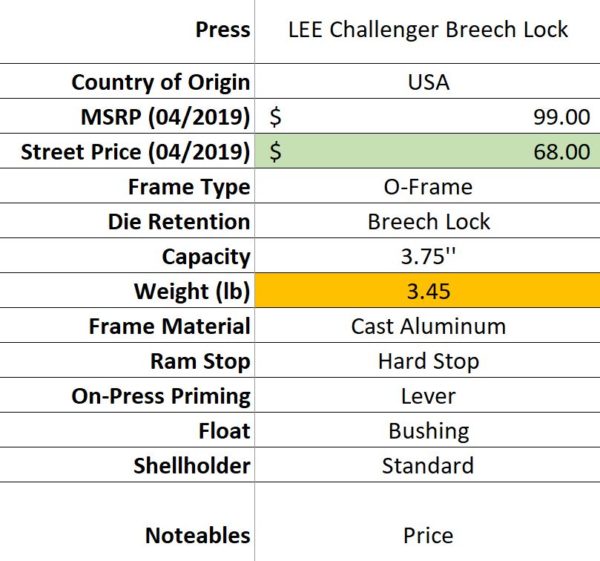
Performance and Precision Summary
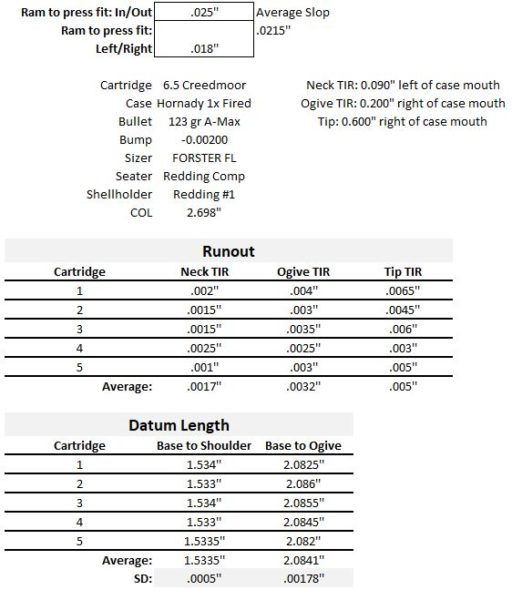
Sizing Force Graph
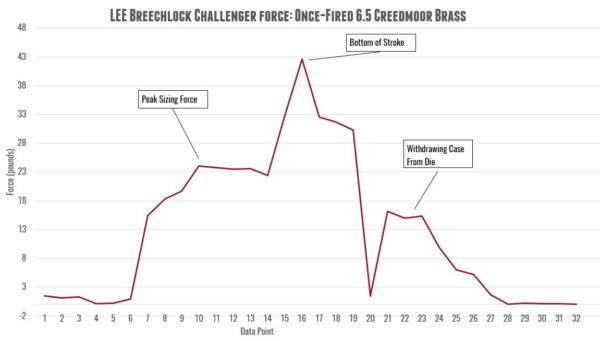
Pros/Cons
Pros:
- Low cost
- Integrated Breech Lock bushing system (can leave bushings in place via lock)
- Good leverage
- Ambidextrous handle
Cons:
- Very light weight
- Excessive ram to frame slop
- Breech lock bushing system can be finicky (compared to Hornady Lock-N-Load bushing system)
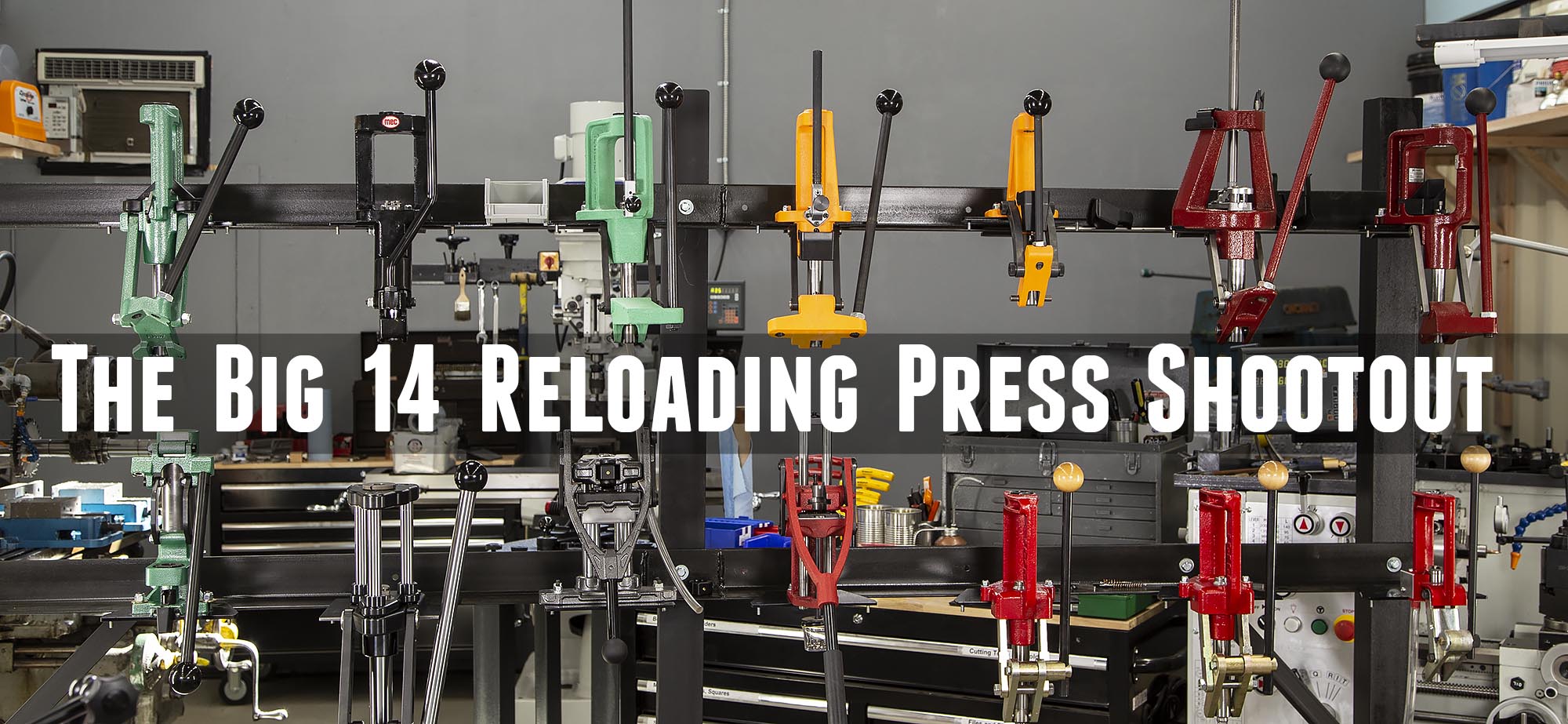
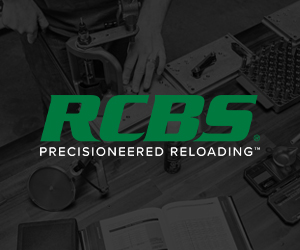
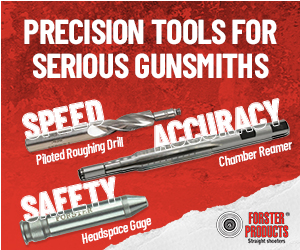

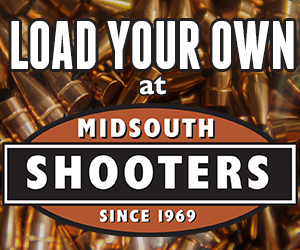


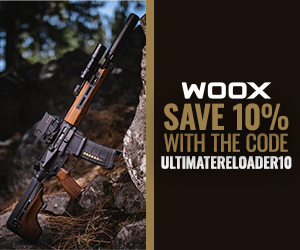
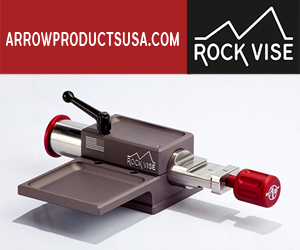
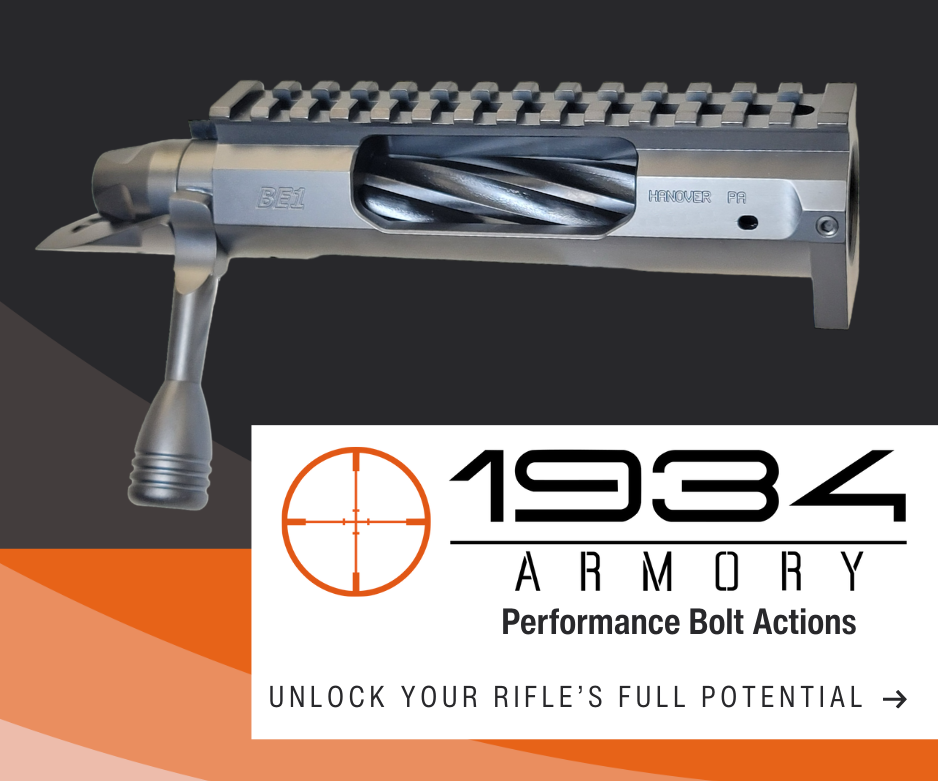
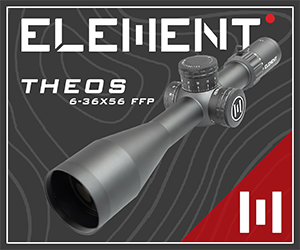
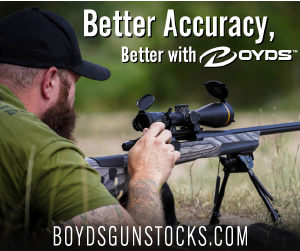
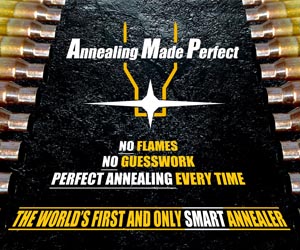
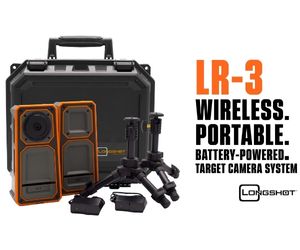
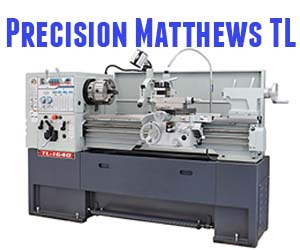
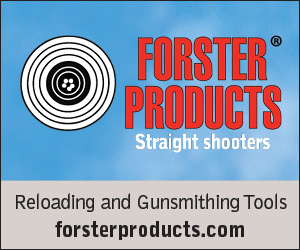
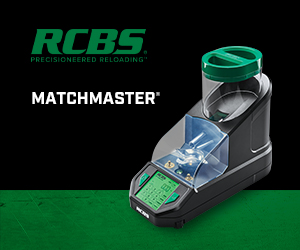
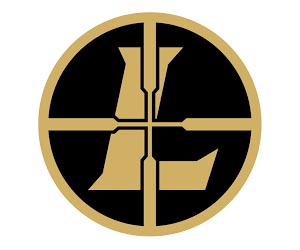

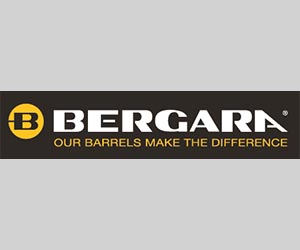


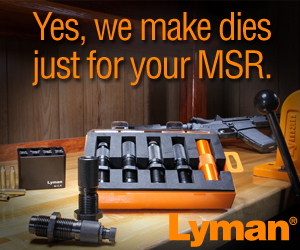
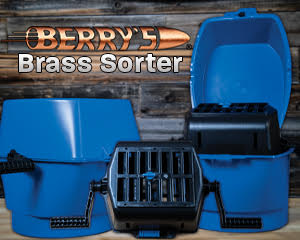
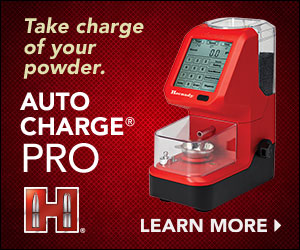
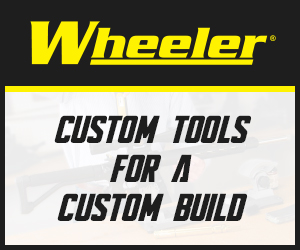

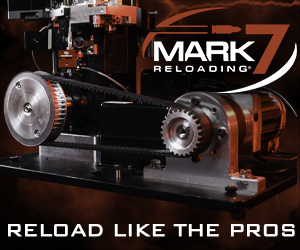
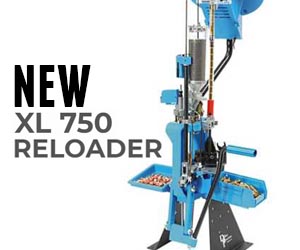
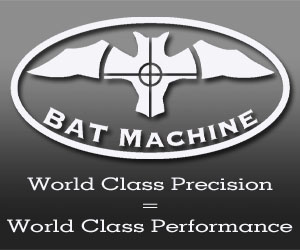
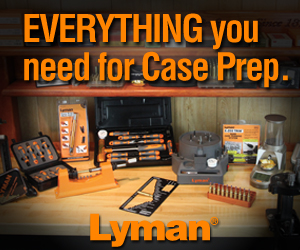
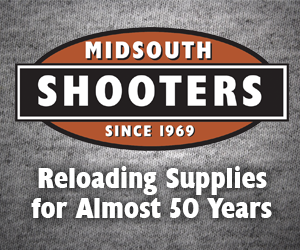

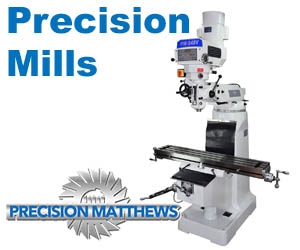
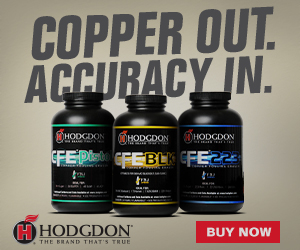

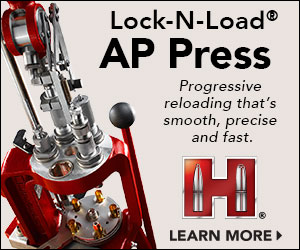
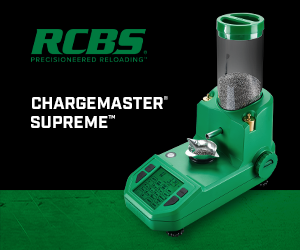
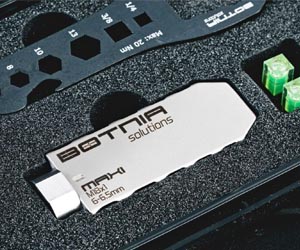



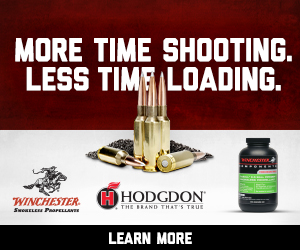

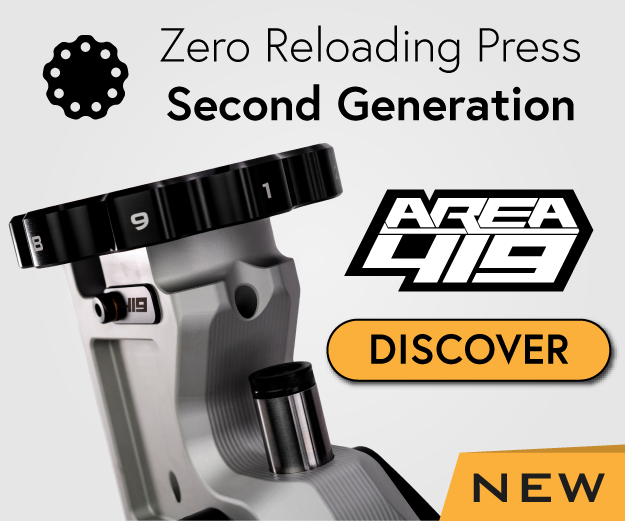
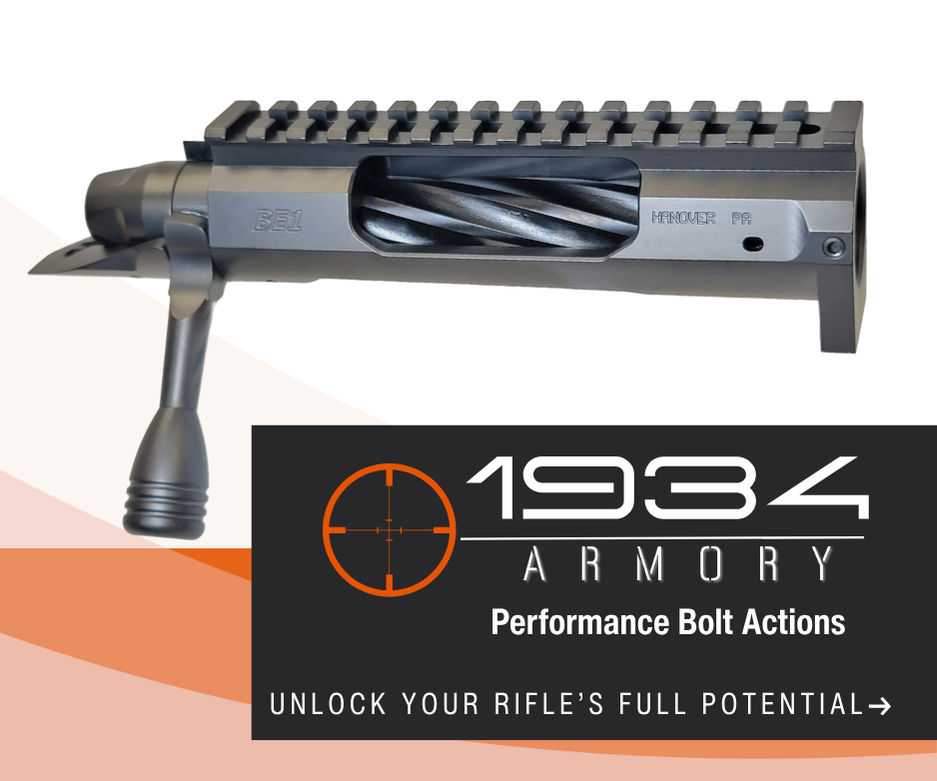

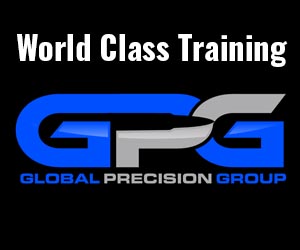
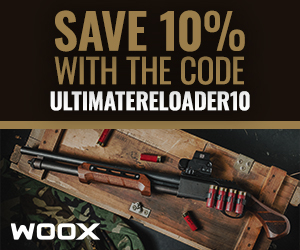
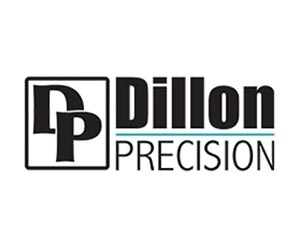

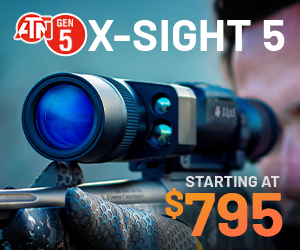
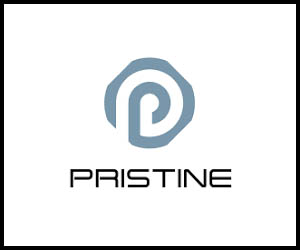
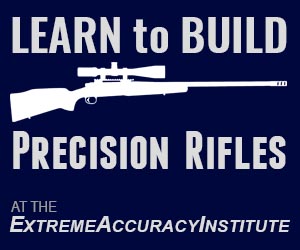




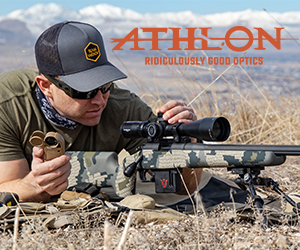

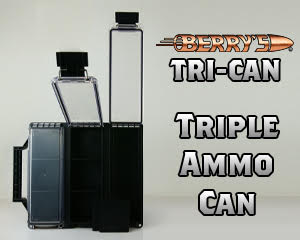

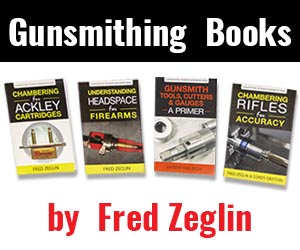
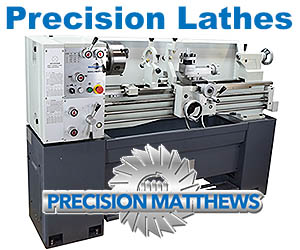

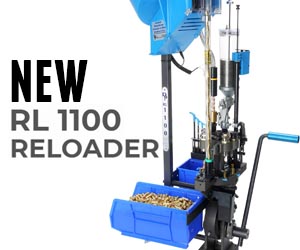

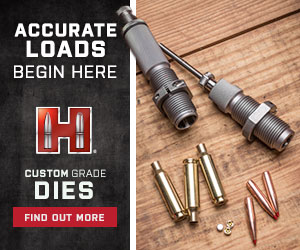

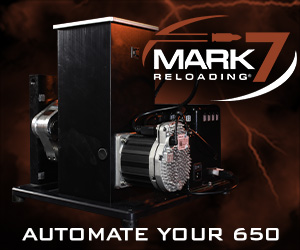

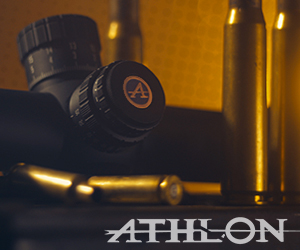
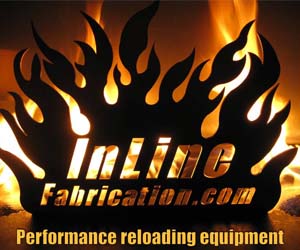
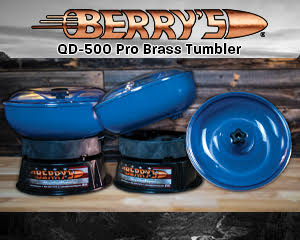
Great comparison and lots of useful information. Thanks
Well done Gavin this is the most comprehensive test in existence. For a data junkie like me it was well worth the read. I cannot imagine the work that went into this. Thank you
Glad you enjoyed it!
Ahhh … just three observations on this press test from an engineering perspective:
1. Ogive is the full tapered forward end of a bullet, meaning from full body diameter to meplat, not at any single point on that curve.
2. The place to correctly measure seated bullet tilt (run-out) is as close to the meplat as possible. Full tilt bullet runout is one half of the Total Indicated Runout (TIR).
3. Dimensional variations for fabricated parts vary by tolerance so all parts may/will vary from sample to sample and still be within tolerance. In assembly, those tolerances stack in random combinations of good vs. better vs. worse. Thus, statistically speaking, a test run comparing individual results of a random collection of slightly variable parts combined into any single mechanical device – including loading presses – can be fun but the end results means very little.
Sounds to me like he bought a press that didn’t do so well.
Looks to me like every press did pretty well. I’d be happy with any of them with the results shown.
Interesting stuff and thank you for going to all that effort. I must admit to a little confusion on the loaded round TIR readings – some of the compounding error from neck-ogive-tip must be due to variability in actual projectile run-out. Otherwise, it seems counter-intuitive that one press would produce lower TIR at the ogive than other presses, then higher TIR at the tip than other presses..?
What you are missing here is the that the cases and bullets were not marked (timed or clocked). Therefore the runout for the neck and the runout for the projectile may be out of timing, thus the runout may be additive or substractive. These are relative results only, as the sample size was small. 100 cases per press would be needed to generate real objective results, and I am sure Gavin does not have the time to do 1400 samples.
Good points- I wanted to do at least 10 cases per press, but I also needed to finish the project 🙂 🙂
I think it comes down to the bullet being “tipped” slightly in the case. It can have good ogive TIR and bad tip TIR, or vice-versa 🙂
Not sure if you were one shotting or spinning the case during seating, but I think that plays pretty heavy in the tip TIR. I usually seat in 3 short strokes turning the bullet between 1/3s to give the seating stem the best opportunity to true out any cant I created when setting the bullet in the case.
Stepped bullet seating for better concentricity is intuitive but I’ve tested it many times and have not found it to be helpful. Brass case necks are hard; once a bullet has started in the mouth and the neck has expanded just a little off axis it’s very difficult to change it much.
We’re talking about a very few thou of neck tilt here and no conventional seating die maker I know of has a nearly tightly fitting seating stem to force much, if any, correction. Thus, straight seated bullets must start straight. I’ve found the Forster BR and Redding Comp seaters to be very good, if not perfect, and all other seaters, of any brand, are consistently tied for a distant second. And no seater can do anything good with poor case necks.
Exactly my thinking. Gavin mentioned he may re-do this test with competition prepped cases that are turned and sized much more accurately than factory brass. As a long range shooter I will await those results to see if there is a difference as well as the float vs fixed debate. Till then the paper doesn’t lie.
Would you be able to test some of the popular turret presses? I’m really curious how the popular turret presses( lee classic, Lyman turret, Redding turret) are able to hold good measurements compared to these single stage presses. I personally prefer a turret just due to its flexibility. But would be rlly interested to know if I am giving up a significant disadvantage by using one?
Love this
Thanks Gavin you have gone to a lot of work. It is a very interesting subject. I own two of these presses, I was wondering if the press with the best neck and ojive concentricy does not have the best tip concentricy? I think it is because of non uniformity of the bullet. It would take a standard “bullet” to try to eliminate this situation
I thought about that as well- I think it comes down to the bullet being “tipped” slightly in the case. It can have good ogive TIR and bad tip TIR, or vice-versa 🙂
I like the Tip TIR tables especially. They show that the best TIRs are not turned in by the highest price presses. The RCBS ones turn in the most consistent TIRs. Careful comparison of all 14 tables will indicate that TIR is controlled by the uniformity of the brass cases more than any of the presses or dies.
Good insights for sure!
I think to get an accurate test you would need to do an average of 10 or so of each press. Checking one of each press doesn’t tell you very much. Each press would need to be new out of the box at time of testing.
You could literally spend a lifetime testing presses 🙂
Now that’s the smartest comment here. You have gone to a lot of effort to test what you have. With my limited knowledge , and presumably tithe capacity to understand for what you had you done exceptionally well, testing for averages over 10 presses, selecting the average press of each brand and doing with 100 trimmed neck turned cases may take about ohh I don’t know how long. Thanks for doing what you done.
Let’s simplify it and say it’s good work. Hell the runout May show differently if you used different projectiles. I would surmise that A-Max are Hornady. There may be a better projectile, the Base, boat tail etc may affect how well the seating starts out. Are we measuring he wrong end for concentricity to start with?
I’m a shooter who reloads and reads more than I put into practice.
It’s interesting the Ogive is the whole surface forward of where you are measuring but for our purpose it is the same datum point used for the purpose.
Is there a simple ranking on what was the press with the tightest tolerance? Best average concentricity. I read the Forster is believed to aid concentricity.
Let’s debate what the most consistent projectile would be in case you used the wrong one for testing.
And thanks again for the effort you made
Very good test. It would be interesting to see just how much effect the precision has. Taking your most accurate rifle/scope combination with the load that has proven most accurate in it I wonder how much difference there is between ammo loaded on the most precise and least precise press.
Good question. Answer is, it won’t matter.
All a press does is push a round object (case) into a round hole (die); unless the misalignment is so horrible you can see it with a Mark 1 Eyeball the case to die alignment will be as perfect as it can be made. The presses have so much slop in them (loose ram and body alignment, die body and press thread alignment, shell holder slop) the cases WILL have an easy time self aligning.
Excellent point. Can they just add a like button so we can like a post?
I loved the whole test but I wished you had tested the Redding Ultramag. This is a really unique press where the linkage arms are mounted to the top of the press and not the bottom. I’m extremely curious to see how this would come out in the leverage test.
Redding’s UltraMag is THE most “strong” press on the mass market. BUT, a skilled loader can make as accurate ammo on Lee’s inexpensive little “Reloader” press because it’s as strong as it needs to be for common reloading.
Agonising about our presses is simply belly-button contemplation; moot. Competitive Bench Rest shooters use custom made unthreaded hand dies and arbor presses because they know good ammo is made in the dies and they just don’t need a costly, massive press made with the precision of a fine watch. Neither do the rest of us.
I agree, I’d like to see an addendum to this using the Redding Ultramag press. Perhaps Gavin would consider one for the future. My hope is that Redding would update the press with an ambidextrous press handle.
Excellent work, including a surprisingly entertaining video. It could have been very dry, but you made it work.
Is there any chance you will release your raw data, as a downloadable Excel file or copied into Google Sheets? If not, can you please make your Summary tables downloadable? I would like to be able to sort the data differently for my own comparison.
Thank you!
Great work. Labor of love shown here or love of labor. Lol
Gavin, If you where a long range competitive shooter, which of these would you take to the range to operate out of the back of your truck? The details thats required for loading that has the most important details for low SD, and extream spread. How would you say that these would compare to Wilsons hydo press and sizing and bullet seating system?
The Summit press is standing out in my mind, your thoughts ?
So which press won the shootout?
You have to read the data and decide for yourself. 🙂 That’s why I did the article. Take a look at the ORANGE and GREEN highlights on the last page to get best/worst scores for each category. Ultimately it depends on your budget, requirements, and workflow.
This is truly some great work. I’ve seldom seen this attention to detail and comprehensive testing. I know you probably had to stop short of directly ranking the presses but I wanted to see for myself so I did. Have a peek at this spreadsheet. I entered your data and ranked the data. Added the rankings for a “score” for each press. Then compared score X price. Since a lower score is good and a lower price is good the number is somewhat representative of cost vs. quality.
https://drive.google.com/file/d/1YkOSU_IJishytqqDYNnwVQMq2GvSFB-5/view?usp=sharing
Very Nice David ! As a buyer it has helped me decide ! Thanks Paul F
Wow, David. That’s brilliant and exactly what I was hoping to find at some point in all of this valuable information. As an engineer, I love data and this certainly includes a lot of it. Great work on the project and I appreciate this summary and scoring system. I was looking for a reason to go with the RCBS Rock Chucker and you provided it.
Very thorough project! I love lots of data rather than conjecture and rumor about which press a person should select. I did not have this information (no fault of yours, Gavin) when I recently got into reloading. I spent two months doing my own research and finally selected one. I am happy with my choice, but this info can be VERY valuable to a someone starting out on a very satisfying hobby. Well done!
Forgive me for suggesting a similar ‘project’ for Progressive Presses (and variants). 🙂
I have become a fan, and appreciate what you do.
I’m not complaining, and I hope you don’t mind if I share a thought. I perceive flex in your bench top when you cycle the presses. It really doesn’t matter because you show that it works for you, but I figure solid can’t be half bad. Don’t mind me, and for what it’s worth, I do patronize a few of your sponsors.
Thanks Gavin for this experiment and your time & effort! Exactly the kind of info i’m interested in being a press hoarder and data fetishist myself.
One of my favorite single stage presses is missing though, the Harrell’s BR. (Hint hint) 😉
Kind rgds from the Netherlands,
RG
Great job Gavin. Any chance you will be doing this same type of test on Progressives?
What is your opinion or preference on hard stop vs cam-over presses?
Thank you for sharing your data and testing information, rare that one opens themselves to the rest of the reloading crowd … a rough crowd at best sometimes … lol. I appreciate the “Quantify & Qualify Approach”, something I strive for in analysis of all things. My hat is off for you by the fact you bring re-loaders up to another level by sharing information …keep up the good work.
What an awesome review! I believe I’ve watched it 3 tines already.
I can vouch firsthand for the improved quality of rounds loaded on the Rock Chucker Supreme.
Originally I began loading for rifle (including competition ammo) on my Lee Breechlock Challenger using Lee dies. It’s a great little press for the money and I was able to get my competition ammo pretty darn good… (single digit SD’s and ES hovering around 13/14)
Then I had an opportunity to purchase a Rock Chucker Supreme (new in box) for $50!! Ain’t no way I’m turning that down… so off came the Lee press and I mounted up the Rock Chucker.
I did set it up for the Lock N Load bushing system but that’s it. Using all my original measurements and dies… changing NOTHING but the press… the quality of my loads improved dramatically.. with SD’s dropping below 5 and ES is consistently 8/9.
I LOVE my Rock Chucker Supreme.
Tom B, Thanks for your info,that is awesome! I have been looking,reading,and studying these things for years. This has finally helped me take the plunge. Yes I am getting a RCBS Rock Chucker for loading precision rifle ammo! (As well as a boatload of other ancillary equipment.) I just hate buying inferior stuff and having to start over. This guide of Gavin’s has really been a great help. Paul
Yours are the most scientific and thorough tests that I have seen. Having said that, if you are FL sizing with an expander ball, you are introducing a significant variable that tends to magnify when bullets are seated. I understand that you want to make your tests as real world as possible, but the times they are a changing. My experience, with my old RCBS one piece dies was that doing the expanding as a second operation with an expander die and mandrel gave less runout. Of course I lube necks and used a very slow feed rate. If that works, even it it gives comparable results you could do it that way and gauge neck runout before the necks were expanded. ….Just a thought.
Thanks for performing the impressive test especially as the results are based on measurements rather than subjective judgement.
Regarding your ‘peak sizing force’ – some of the values on the graphs don’t match the equivalent as shown in tabular form. For example the Summit press is barely over 23 on the graph but it’s 29.68 on the combined table. The Turban & Rock Chucker are both around 22 on their respective graphs (with different scales for the Y axis) but are 25.83 & 20.24 respectively on the table. The Foster is about 14.5 on the graph but 17.12 on the table.
Which values are correct please?
I averaged two test runs, and included the graph in the article that best represented the data.
Great article, very detailed information. It would be interesting to see the data of multi-stage presses Dillon, Lee Load Master ran as a single stage press. Thanks!
I’m planning it!
OMG I cant wait ! 🙂
website anomaly; 38 comments but 15 pages?? …. not a big deal.
Wow what an adventure! Gavin you are a machine! lol
I’m going to watch this video a few times I’m sure, although I think I’ll stick with my Big Boss II — it fared pretty well in the comparisons, although, if I had known I could use the Hornady bushings, I probably would have bought the RCBS long ago instead of the $Redding. Oh well, I have the RCBS Pro Chucker 7, and several RCBS tools. I’ve been very busy with life for a long time, but hopefully things will settle down soon, I really want to get back into handloading and shooting again… forgive me for feeling so jealous !! 😉
I love this test data! Now that there is some idea on the top 3-5 presses, you should expand the test samples. 5 rounds isn’t enough.
I think an important question that was missed is. What press did you enjoy using the most? (Not including the 1,000$ German press) Bc if you don’t enjoy working with the machine then it doesn’t really matter what the final result is, you won’t use it.
Gavin
Thanks for this awesome evaluation and analysis. Just what I was looking for b/c I and looking to get into reloading and more distance shooting. And to all who are asking for you to remove one variable or another need to understand the 2’n equation and understand you would need several decades or an Army Battalion to run the numbers. 🙂 As an eng myself I would love to have perfect data too but understand the cost is prohibitive.
Also appreciate your general/overall experience with each machine during the video. This aspect is often times over looked yet a large factor in customer satisfaction.
I will likely start my reloading project with the little Lyman. If nothing else I will have nice second press if I get deep into reloading.
Thanks again
Jacob
Good day,
I have a RCBS 4×4 Press and was wondering if you have ever run one through your press testing run? I have got a RCBS Rock Chucker Supreme press as well and would like to find out if the old 4×4 is as accurate.
Kind regards
Marc
Thanks- a great deal of effort was required to make these comparisons. It’s helped me to make a decision for my upgrade. I bought a Lee Breechlock Challenger kit to see if reloading was for me. Now that the addiction has overcome me, it is time for a better press. The Forster co axial is likely the way I will go. Good information.